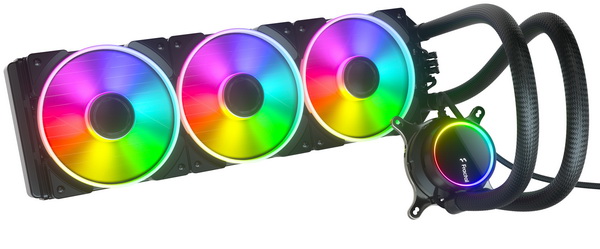
If you look at the market right now it's quite easy to see that AIO liquid CPU coolers have overthrown the "regular" CPU air coolers, at least in the mid and high-end categories. This of course is not so much due to their increased cooling efficiency (which yes in some cases is quite considerable) and smaller size (at least when it comes to the pump itself) as it is due to the fact that as of late several electronics manufacturers have also released their very own solutions. Still AIO models released by early manufacturers seem to always enjoy higher popularity levels among consumers from all segments of the market, as expected really. Fractal Design is one such manufacturer and since they recently send over their entire Celsius+ Prisma AIO line i decided to start by testing the top of the line 360mm model first (i will probably cover both the 240/280mm versions in a separate review).
Fractal Design is a leading designer and manufacturer of premium PC hardware including cases, cooling, power supplies and accessories. Based in Gothenburg and with offices in the US as well as Taiwan, Fractal Design has gained a global reputation for innovative design, elegant aesthetics and solid build quality. Fractal Design products are available in over 45 countries worldwide, and are still growing.
As the name clearly states the Celsius+ Prisma series is the successor to the highly popular Celsius series released back in 2017 (review here) and is most likely also manufactured by Asetek. Now there are 3 main differences between the Celsius S36 and the Celsius+ S36 Prisma which i have here with me today, the new and improved pump, the three bundled 120mm fans and of course the ARGB feature. Yes the aluminum radiator is pretty much the same (403x123x30 - 21FPI) as are the two 400mm sleeved tubes (although this time over they can be rotated from the base), the copper base and the built-in fan hub (with the addition of two ARGB headers) but the new ceramic pump can reach speeds of up to 3500RPM with a maximum pressure of 1.46m H20 (as opposed to the 3150RPM and 1m H2O of the previous model). On the other hand, the new LLS-bearing Prisma AL-12 PWM ARGB 120mm fans well these can hit speeds of up to 2000RPM to produce 85.71CFM of airflow and 2.78mm H2O of air pressure with 32.7dBA of noise (2000RPM/87.6CFM/2.30mm H2O/32.2dBA for the previous ones). As for the ARGB feature consists by 6 addressable RGB LEDs beneath the glass top of the pump/base combo and 6 addressable ARGB LEDs on each of the 3 fans (the ARGB feature is compatible with all the major motherboard sync technologies including Gigabyte Fusion, ASUS Aura, Razer Chroma, MSI Mystic Light and ASRock Polychrome). Of course, just like with past products Fractal Design covers their entire Celsius+ Prisma line with a generous 5 year limited warranty.
SPECIFICATIONS AND FEATURES

PACKAGING AND CONTENTS
The Celsius+ S36 Prisma is shipped inside a long box that has a large product picture at the front right beneath the company logo.
Two drawings of the radiator are located on the left side of the box just over the number of bundled fans and the socket compatibility.
Another product drawing is located at the rear of the box and is used to showcase the main features of the Celsius+ S36 Prisma.
The product features are also printed at the base of the box in 4 languages.
Packing is typical as with every other AIO to date so the Celsius+ S36 Prisma is placed inside two plastic bags and in a formed piece of cardboard.
Along with the Celsius+ S36 Prisma inside the box you will also find the three 120mm Prisma AL-12 PWM ARGB fans, pump ARGB cable, fan and radiator mounting screws, user guide, warranty/support information paper, backplate and all the required hardware to mount the cooler onto Intel LGA1150/1151/1155/1156/1366/2011/2011-3/2066 and AMD AM2/AM2+/AM3/AM3+/AM4/FM1/FM2/FM2+ motherboards (the cooler also supports mounting on sTR4 mainboards via the included bracket found in the CPU bundle - also made by Asetek).
THE CELSIUS+ S36 PRISMA
At first glance the Celsius+ S36 Prisma looks a lot like its predecessor (at least when turned off and without its fans).
As mentioned earlier thickness and length are identical to the first S36 so nothing new here.
Again, just under the mounting locations and above the fins we find protective plates (this should be standard on all radiators, however it's not).
We also see the same FPI (fins per inch) count of 21.
The fittings of the S36 have been replaced with new ones in the S36 Prisma.
Between the two fittings we find the same 3-way fan hub as with the original S36 with one slight difference, the addition of two LED headers.
The new pump/base combo is not only taller compared to that of the first S36 but it also features a top made out of glass and 6 addressable RGB LEDs right beneath it (you can switch between PWM and Auto mode by rotating the top ring - during my tests PWM produced the best results so keep that in mind).
There's also a 3pin ARGB header on the left side of the pump.
Another difference compared to the first S36 is that the S36 Prisma has sleeved tubes which can rotate from the base.
The copper coldplate base comes ready with a thin layer of thermal conductive material but since i never use the stock material i removed it to have a look at the entire base.
The Prisma AL-12 PWM ARGB fans feature rubber anti-vibration pads on all sides.
With the fans mounted the thickness of the Celsius+ S36 Prisma increases to almost 55mm.
Remember to position the fans in such a way that their cables can reach the fan hub.
TEST BED
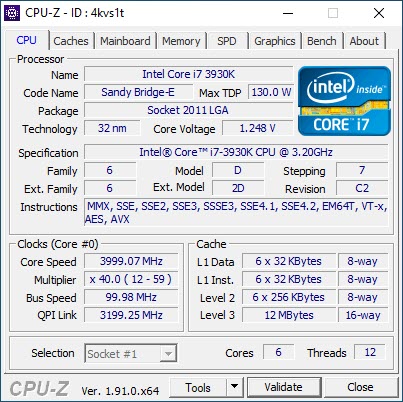

TESTING METHODOLOGY
Testing complete water cooling kits or individual radiators is no different than testing CPU Coolers and since we want all of you to be able to compare similar products, we created new and separate charts (you can still cross-compare results however since we are using the same test rig). So once again single (120/140mm) watercooling solutions are tested with the radiator mounted at the rear of our test rig while dual/triple/quad (240/260/280/360/420/480/560mm) solutions with the radiator mounted at the top. For the dBA tests complete water cooling kits or radiators with bundled fans are measured both while on idle mode or with the fan controller in the minimum setting and while on extreme load or with the fan controller all the way to the highest possible setting (PWM fans do that on their own without our intervention). Every single test takes place in a temperature controlled room of 23 degrees Celsius Ambient Temp with the help of two AC units placed diagonally inside the room. Finally, much like when testing CPU Coolers it's very important to point out that just because a water cooling kit outperforms another when tested with our test rig (when we test complete water cooling kits) that does not necessarily mean that the same performance differences will apply 100% for other CPU models and in other situations (such as different ambient temps and system configurations).
To successfully record the load temperatures, we use the latest OCCT application for around 6-10 minutes to push the processor to its limits and after that is done and the temperatures are recorded, we wait for about 10-20 minutes for the CPU to cool down and record the idle temperatures. This is done to allow time for the thermal conductive material to achieve the optimal performance level. Same procedure is then repeated with the Passmark BurnIn Test as a failsafe just in case the OCCT results are wrong. This procedure takes a lot more time than the usual peltier/thermometer tests but this way not only can we deliver real world results to our readers based on real CPUs but we can also triple check the results using a variety of programs. Last but not least the temperatures were recorded using both the latest versions of AIDA64 and RealTemp while the noise level tests (when fans exist in the bundle) are performed using a high precision ExTech HD600 Decibel Meter placed about 10-15cm above the radiator. Still although the same testing procedure applies to all units do take into consideration that unlike the official numbers which are measured in special noise isolated labs with just the fans here, we also have both the rest of the cooler and the rest of the system (although all system fans are turned off when recording noise levels).
TEST RESULTS


CONCLUSION
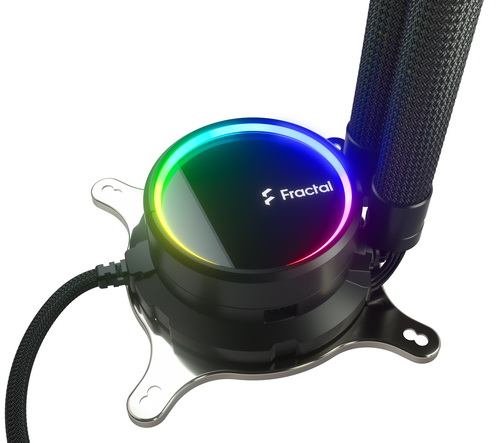
Three years after the first Celsius S36 made its debut in the market there was no doubt in my mind that the Celsius+ S36 Prisma would be better. Unfortunately, as we all know RGB fans are usually not quite as good as their “regular” brothers (either in terms of performance or noise levels) and that certainly applies here. Yes, the Prisma AL-12 fans look impressive while in operation (the 3930k test rig is not ARGB/RGB compatible so I was unable to upload pictures) but they do produce higher noise levels. The same of course applies for the new and higher performance pump something which clearly stands out in the charts. Still the extra cooling efficiency (even though just a tad less than what I was expecting) both the pump and the fans (probably mostly attributed to the fans) deliver is certainly welcome.
Currently the Celsius+ S36 Prisma AIO by Fractal Design retails for USD214.99 inside the USA (Newegg.com) and for 207.62Euros inside the EU (Amazon.de) a price tag which places it both right in the middle of several similar models and which is roughly 70% over what the regular (non-RGB) Celsius S36 retails for. Leaving out the price difference however is the Celsius+ S36 Prisma better compared to its predecessor? Well on one hand you have the extra cooling efficiency (alas somewhat small) along with its impressive looks but on the other you have the extra noise levels so even though I’d obviously go with this model because of the things it does really well, some people may not. Overall, however the Celsius+ S36 Prisma does deliver in everything Fractal Design markets it for and that’s why it gets our Golden Award.

PROS
- Very Good Build Quality
- Almost Excellent Cooling Efficiency
- ARGB Lighting (Compatible With Gigabyte Fusion, ASUS Aura, Razer Chroma, MSI Mystic Light and ASRock Polychrome)
- Up To Six 120mm Fans In Push & Pull
- PWM & Auto Mode
- Integrated ARGB Fan Hub
- 400mm Long Sleeved Tubes
- 5 Year Limited Warranty
CONS
- Long Radiator
- Fan Hub Location / Fan Cable Length
- Noise Levels

 O-Sense
O-Sense





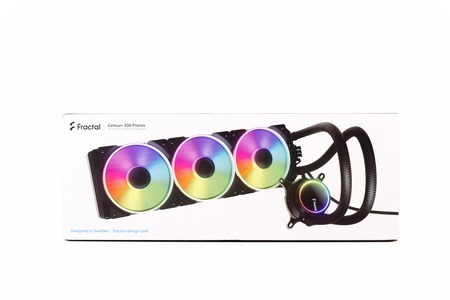





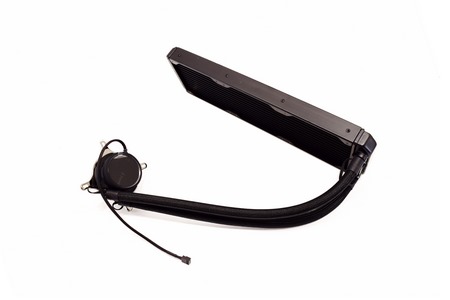
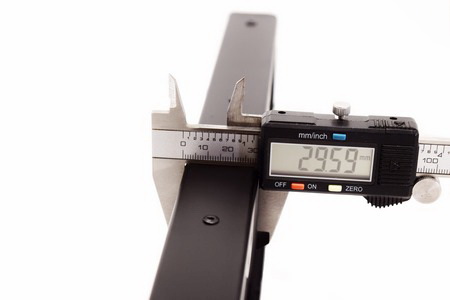
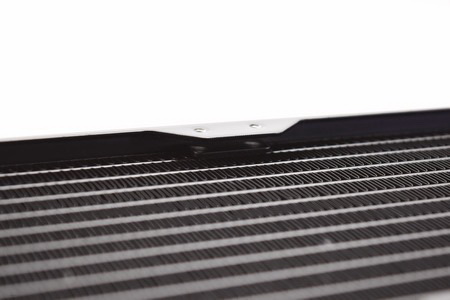
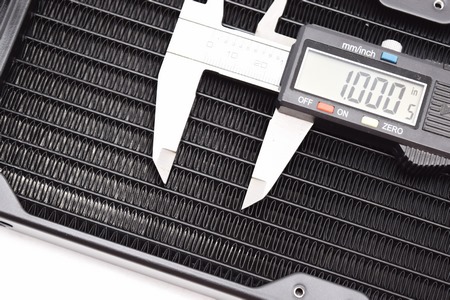
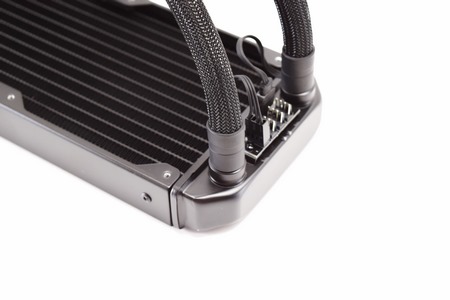
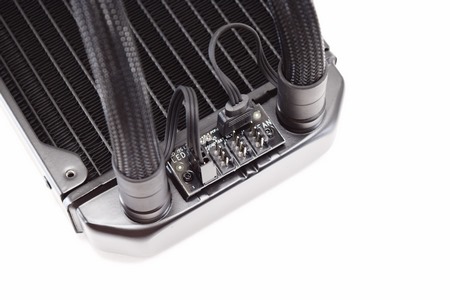
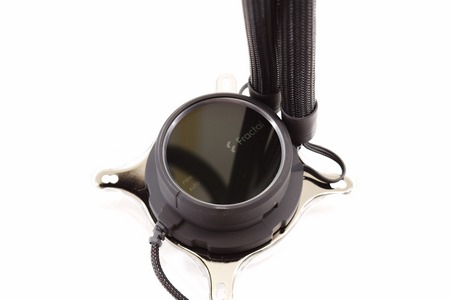
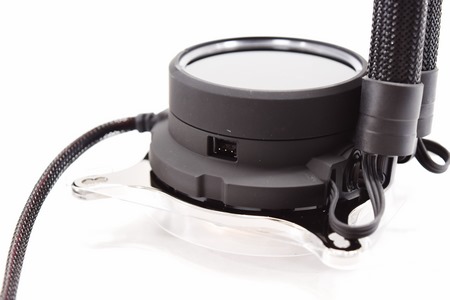
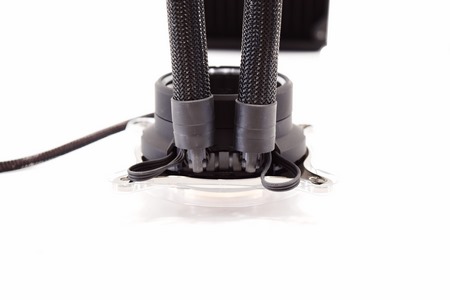
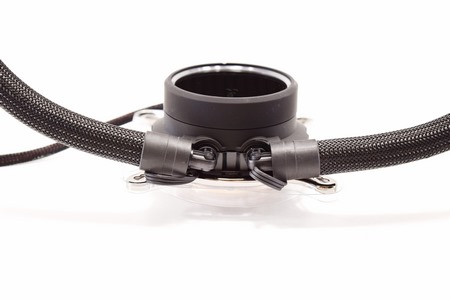
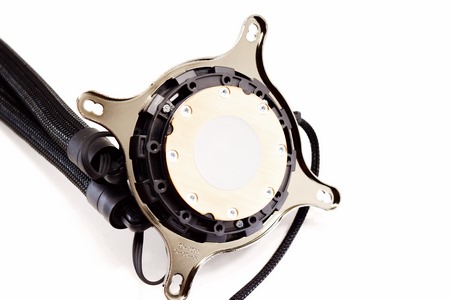
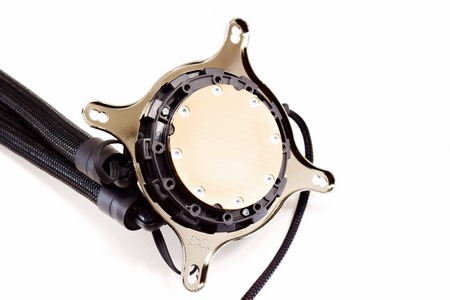
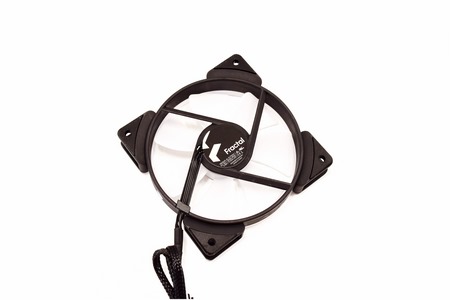
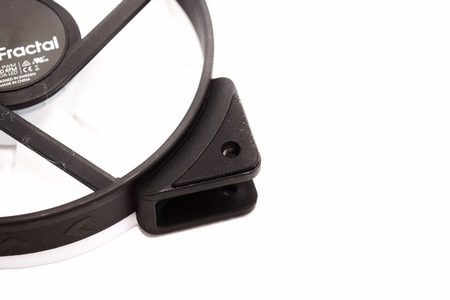
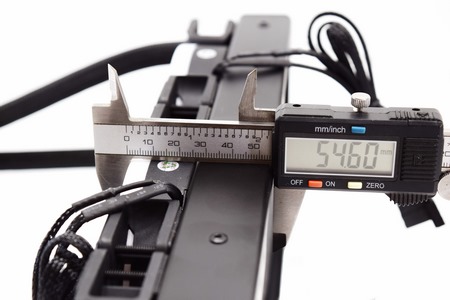
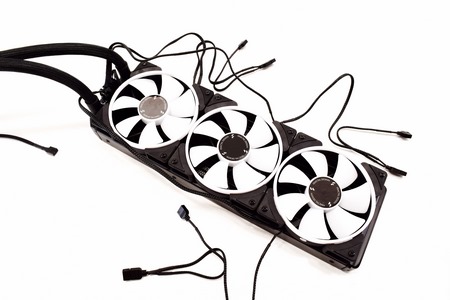
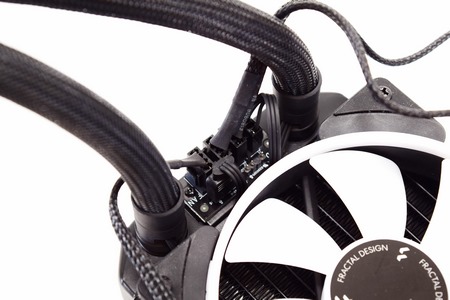


.png)

